ACHIEVED ≥ 20% REDUCTION†
on the same or fewer medications
All enrolled patients, ITT (N = 65)1
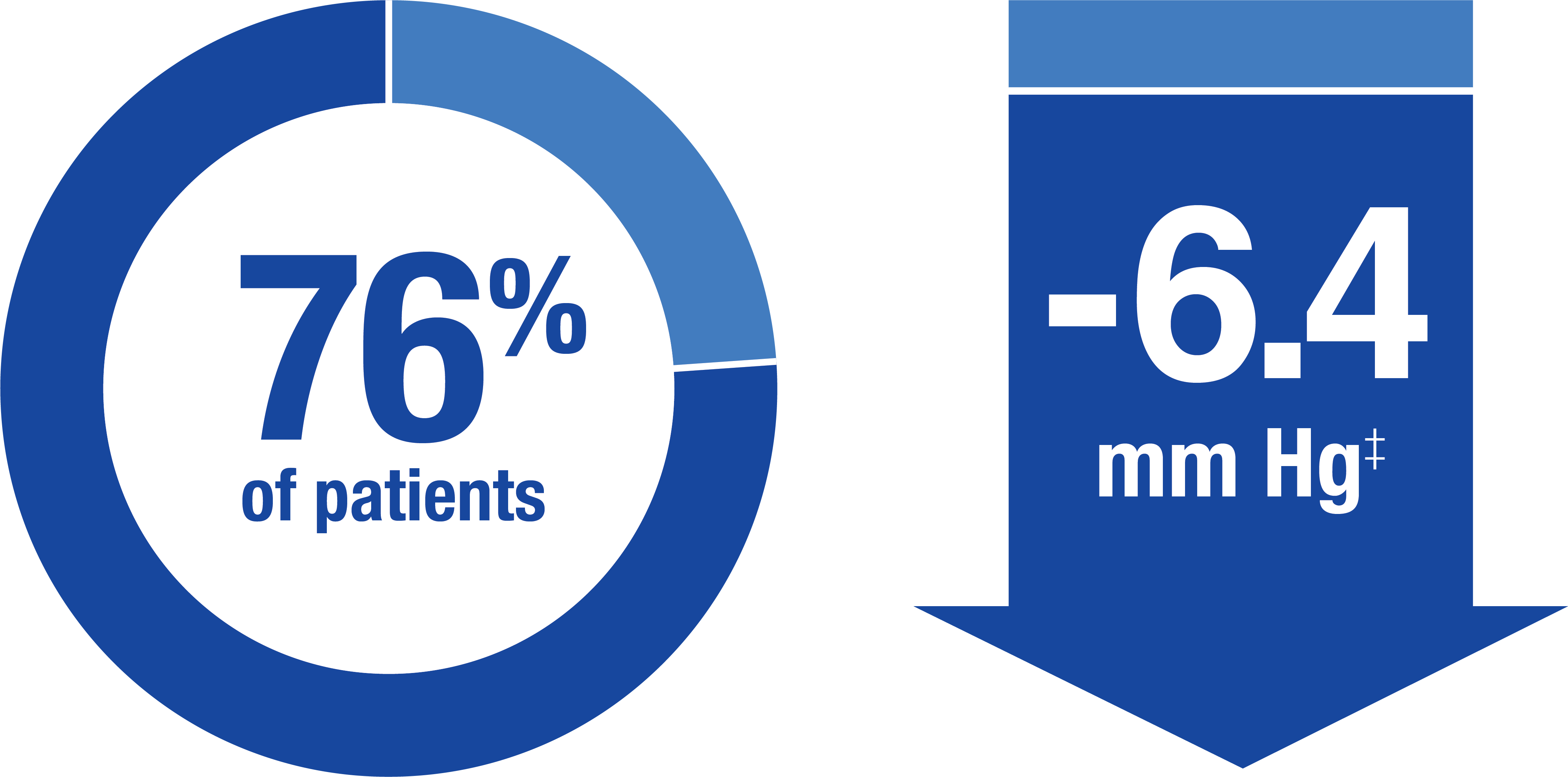
ACHIEVED ≥ 20% REDUCTION†
on the same or fewer medications
Patients who completed the 12-month visit (n = 52)7
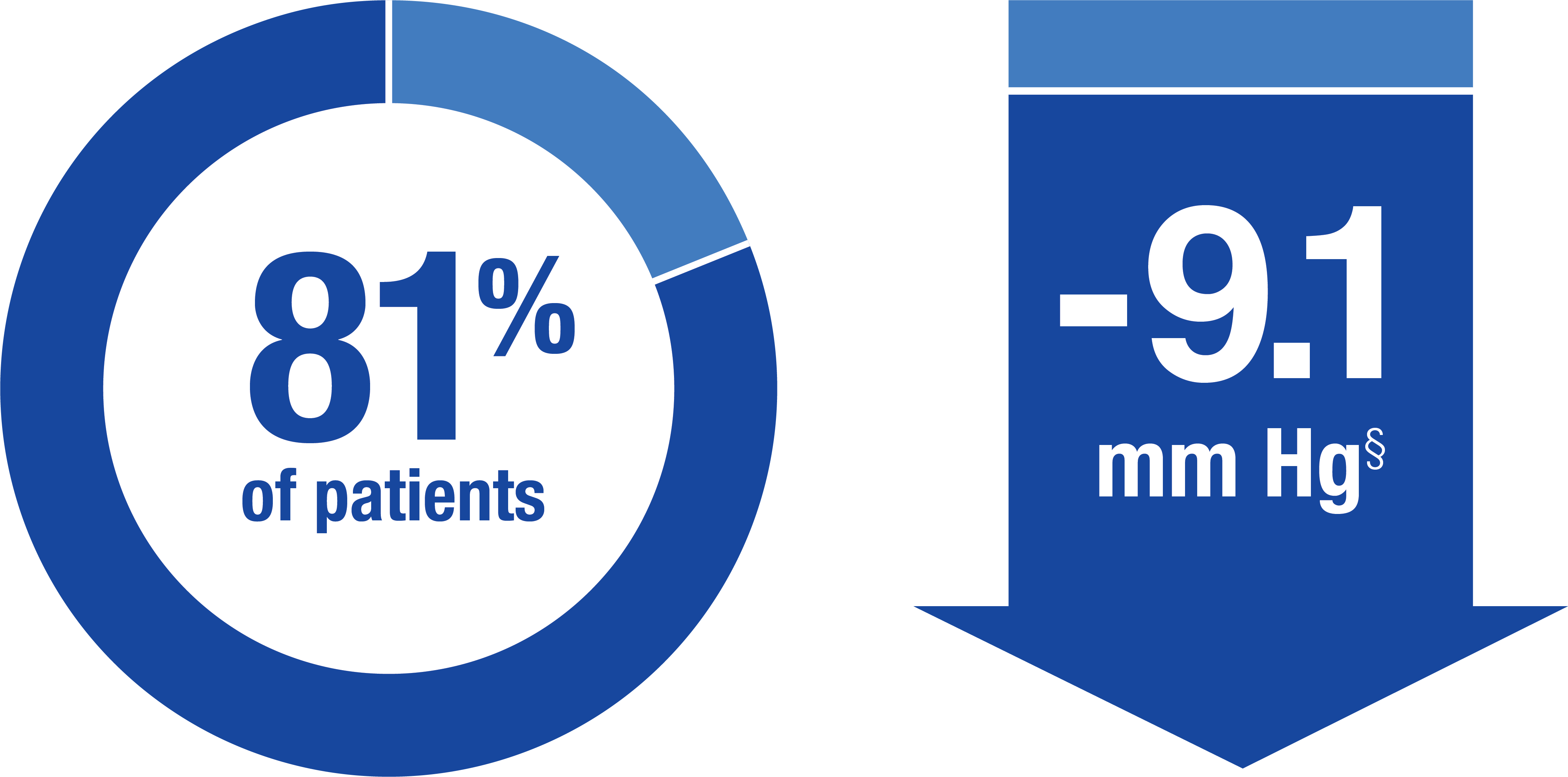
ACHIEVED ≥ 25% REDUCTION
on the same or fewer medications
*Study eyes undergoing glaucoma-related secondary surgical intervention (SSI) and/or removal of the XEN® Gel Stent prior to the 12-month evaluation were considered to be nonresponders.
Seven subjects in the study underwent needling procedures with mitomycin C; 4 of these subjects were considered responders.1
† 76.3% (95% CI = 65.8%, 86.8%); using observed data and failures for subjects with glaucoma-related SSI and multiple imputations for missing data (N = 65).1
‡-6.4 ± 1.1 (95% CI = -8.7, -4.2); using observed data and worst within-eye IOP for subjects with glaucoma-related SSI and multiple imputations for missing data (N = 65).1
§ -9.1 ± 5.9 (95% CI = -10.7, -7.5) for subjects who completed the 12-month visit (n = 52), excluding subjects with missing data (n = 4) and subjects requiring a glaucoma-related SSI (n = 9).7
ITT = intent to treat; SSI = secondary surgical intervention.


*In the XEN® Gel Stent clinical study, baseline medicated IOP ranged from 20.0 to 33.7 mm Hg.7
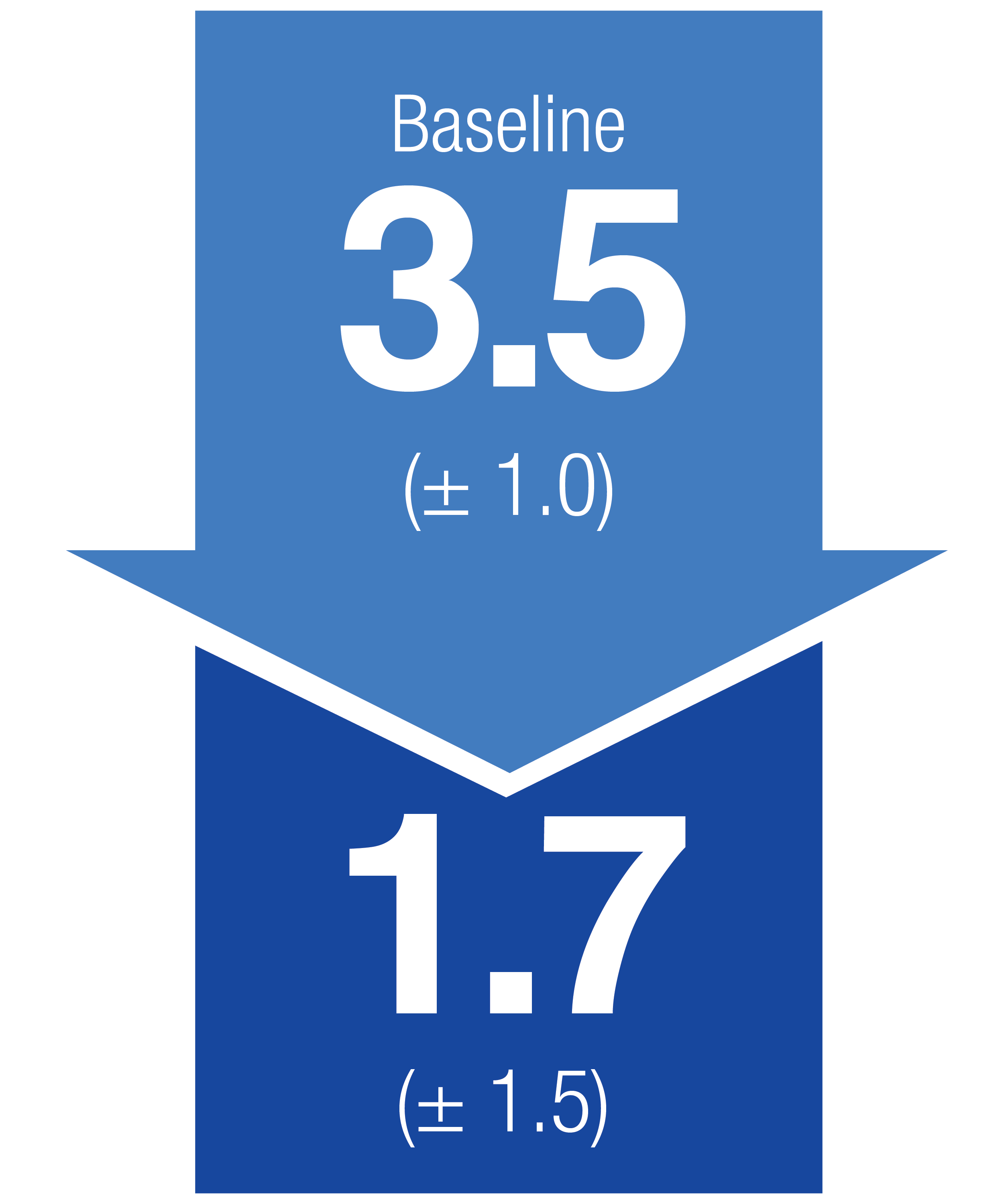
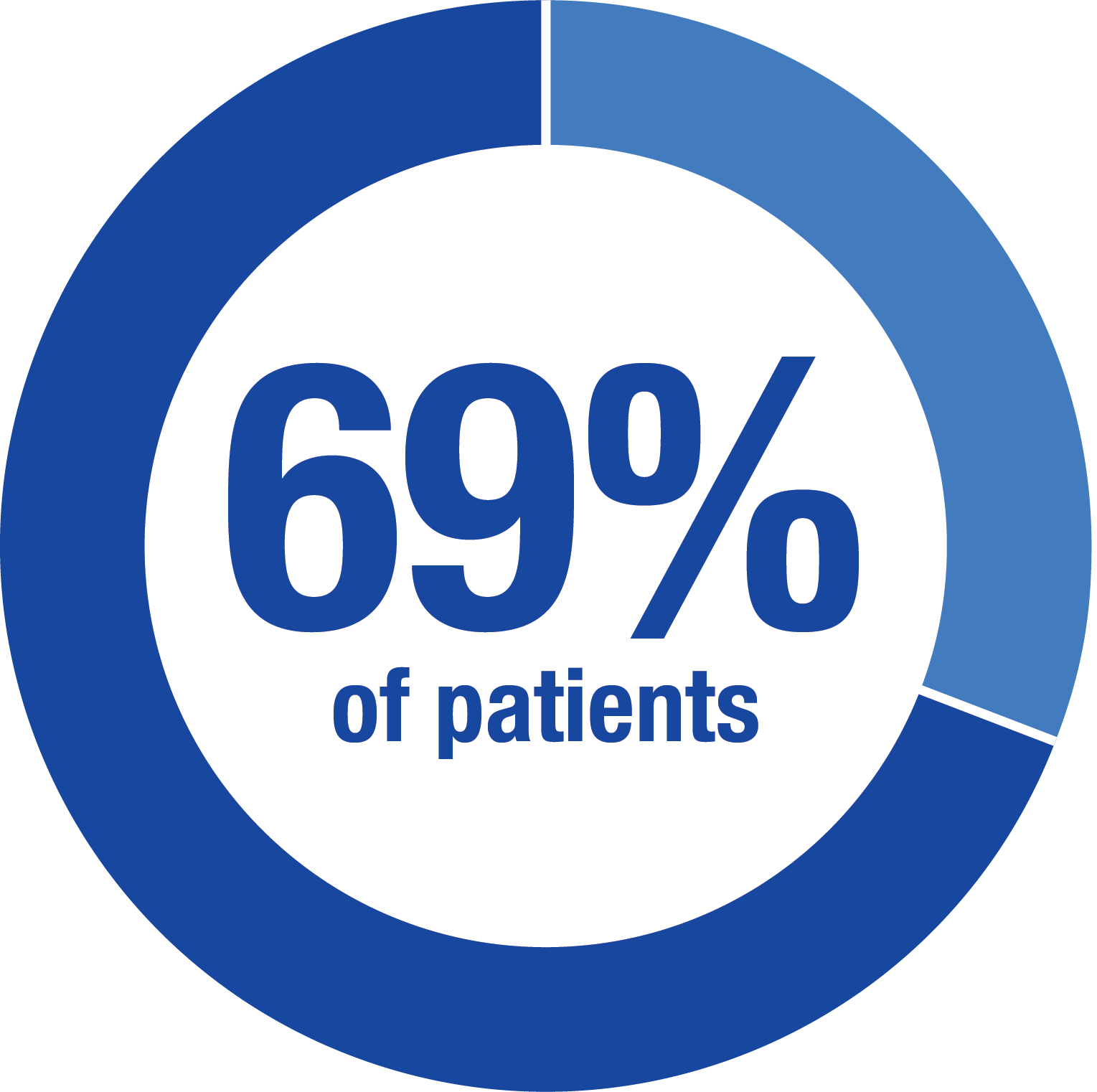
Eliminated
≥ 1 MEDICATION
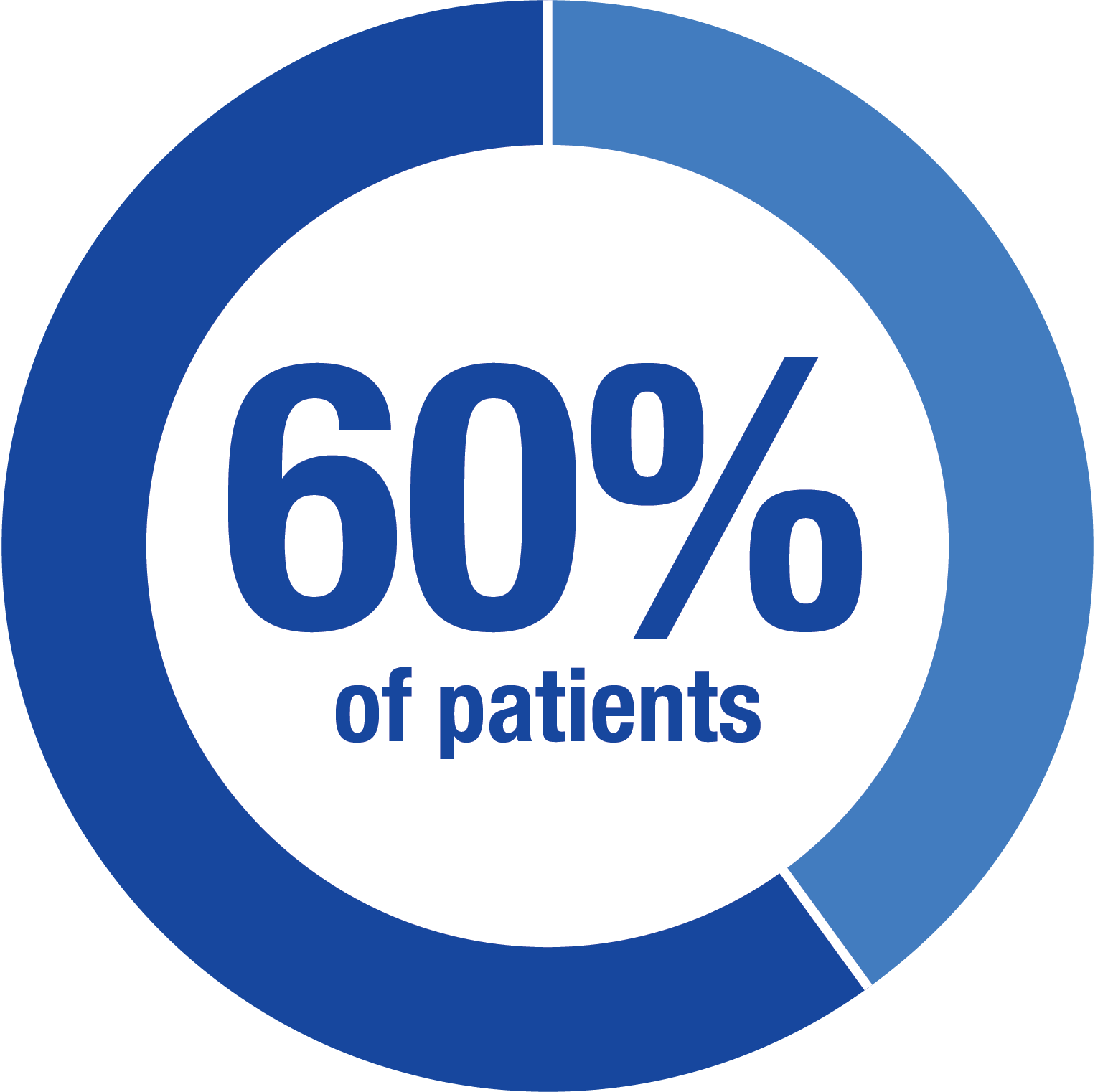
Eliminated
≥ 2 MEDICATIONS
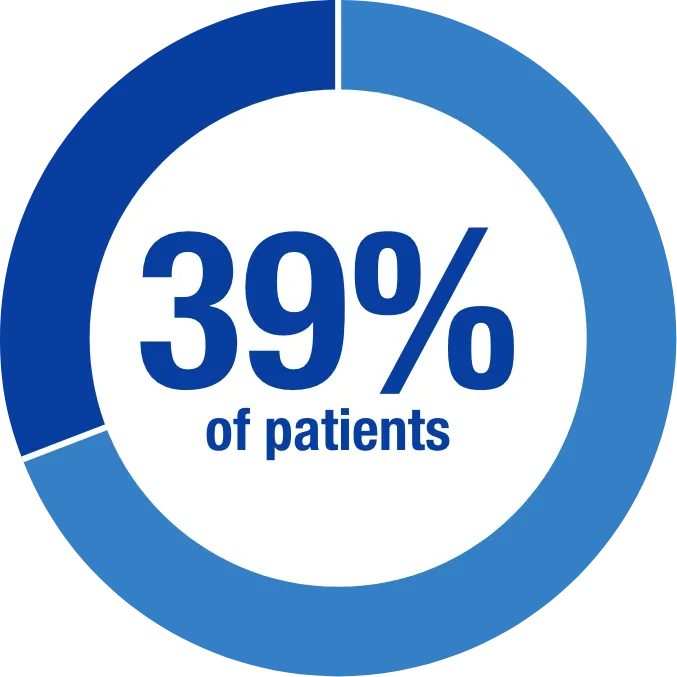
MEDICATION
FREE
Results of a prospective, multicenter, single-arm, open-label, US clinical trial to evaluate the safety and effectiveness of XEN® Gel Stent in refractory glaucoma subjects (N = 65) where previous filtering or cilioablative procedures failed, or IOP was unresponsive to maximally tolerated medication. Medication washout was not performed; all IOP-lowering medications were discontinued on the day of surgery.1
The XEN® Glaucoma Treatment System (XEN® 45 Gel Stent preloaded into a XEN® Injector) is indicated for the management of refractory glaucomas, including cases where previous surgical treatment has failed, cases of primary open-angle glaucoma, and pseudoexfoliative or pigmentary glaucoma with open angles that are unresponsive to maximum tolerated medical therapy.
XEN® Gel Stent is contraindicated in angle-closure glaucoma where angle has not been surgically opened, previous glaucoma shunt/valve or conjunctival scarring/pathologies in the target quadrant, active inflammation, active iris neovascularization, anterior chamber intraocular lens, intraocular silicone oil, and vitreous in the anterior chamber.
XEN® Gel Stent complications may include choroidal effusion, hyphema, hypotony, implant migration, implant exposure, wound leak, need for secondary surgical intervention, and intraocular surgery complications. Safety and effectiveness in neovascular, congenital, and infantile glaucoma has not been established. Avoid digital pressure following implantation of the XEN® Gel Stent to avoid the potential for implant damage.
Examine the XEN® Gel Stent and XEN® Injector in the operating room prior to use. Monitor intraocular pressure (IOP) postoperatively and if not adequately maintained, manage appropriately. Stop the procedure immediately if increased resistance is observed during implantation and use a new XEN® system. Safety and effectiveness of more than a single implanted XEN® Gel Stent has not been studied.
The most common postoperative adverse events included best-corrected visual acuity loss of ≥ 2 lines (≤ 30 days 15.4%; > 30 days 10.8%; 12 months 6.2%), hypotony IOP < 6 mm Hg at any time (24.6%; no clinically significant consequences were associated, no cases of persistent hypotony, and no surgical intervention was required), IOP increase ≥ 10 mm Hg from baseline (21.5%), and needling procedure (32.3%).
Caution: Federal law restricts this device to sale by or on the order of a licensed physician. Please call 1-800-433-8871 to report an adverse event.
Please see accompanying full Directions for Use or visit https://www.rxabbvie.com/pdf/xen_dfu.pdf
US-XEN-230091